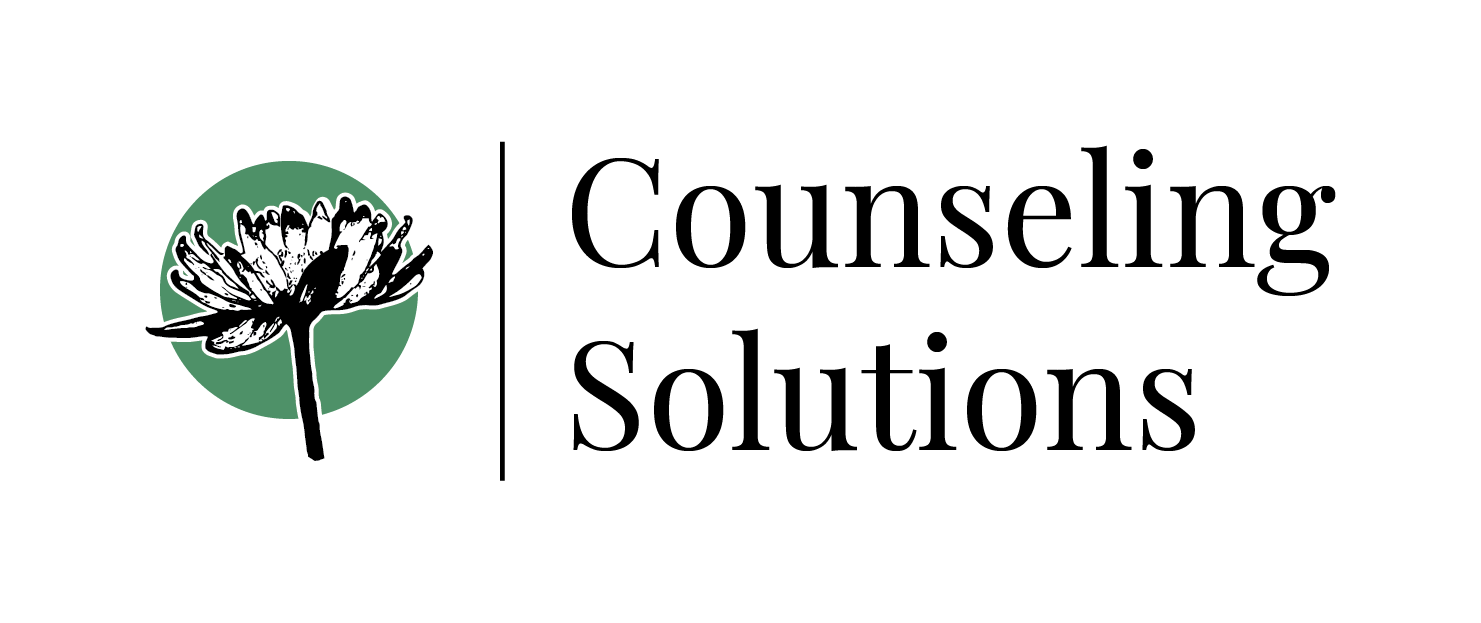How To Stop A Panic Attack In 2 Easy Steps
“It was the worst feeling in the world.” “I felt like I was going to die.” “It is such a powerful feeling, I feel like there is nothing I can do to stop it.”
This is how people often describe anxiety and panic. The feelings of anxiety and the experience of having a panic attack are both extremely compelling, and uncomfortable. While it often feels like the anxiety is more powerful than the person, the good news is that there are 2 things that one can do whenever feeling anxious or panic that will work to stop a panic attack or to lower the feeling of anxiety. These steps, if followed, will always work; with any anxiety and in all situations in which one is feeling it. They are breathing and distraction.
Before I tell you how to use breathing and distraction to stop a panic attack, let me first tell you why they work. Anxiety is a feeling that is wired into our physiology as a means of survival. When danger is detected, our brain sets into motion a series of chemical and physiological responses that both hyper-focuses our awareness on the perceived danger, and propels us into action to keep us safe and alive (fight, flight or freeze). When we are anxious, we are in a state of physiological arousal. If we engage proper breathing when in this state of physiological arousal, it is physically impossible for our bodies to remain in a state of arousal. We cannot do deep breathing, and remain in a state of autonomic nervous system arousal at the same time.
Just as physiological arousal is always present when one is anxious or having a panic attack, so too is the brain’s hyper-focus on the perceived danger. This serves the purpose of harnessing all of our available internal resources to fight the perceived danger, thereby aiding in our survival. What is true about our minds is that we can hold and focus on only one thought at a time. If the thought that we are focused on is an anxiety producing thought, we will be anxious. If our mind focuses instead on a non-anxiety producing thought, we will feel calm.
So, when anxious and panicked, the 2 steps to follow to stop your anxiety and panic in its tracks are to breathe, and to focus on a non-anxiety producing thought.
Breathing:
The key to proper breathing to reverse the physiological arousal that occurs when our mind perceives danger is to breathe from the diaphragm, and for the exhale to be slower than the inhale.
To make sure that you are breathing from your diaphragm, place your hand on your stomach. When you take a breath in, you should feel your stomach expand against your hand, like a balloon filling with air. When you exhale, you should feel your stomach contract as you blow the air out through your mouth.
The best breathing pattern to calm the autonomic nervous system is the 4-7-8 breathing technique. You will inhale through your nose to the count of 4, hold your breath for the count of 7, and exhale slowly through pursed lips to the count of 8.
Repeat this breathing pattern as many times as you need to until you feel calm and free from anxiety.
2. Distraction:
When feeling anxious, we want to focus our mind on a non-anxiety producing thought and to keep our attention there. Here are some suggestions of things that you can do to distract your mind from the anxiety producing thought that it is holding when we are anxious or panicked.
The 4-7-8 Breathing Technique. In addition to reversing the autonomic nervous system arousal that occurs when we are anxious, the 4-7-8 breathing technique gives our mind something else to focus on because of the counting involved in doing it properly.
Singing along to a favorite song when anxious gives our mind something else to engage with that is positive and enjoyable.
Repeating a soothing mantra such as “I am safe,” “ All is well,” “I am okay” is a way of focusing on a non-anxiety producing thought that will help to lower our anxiety.

